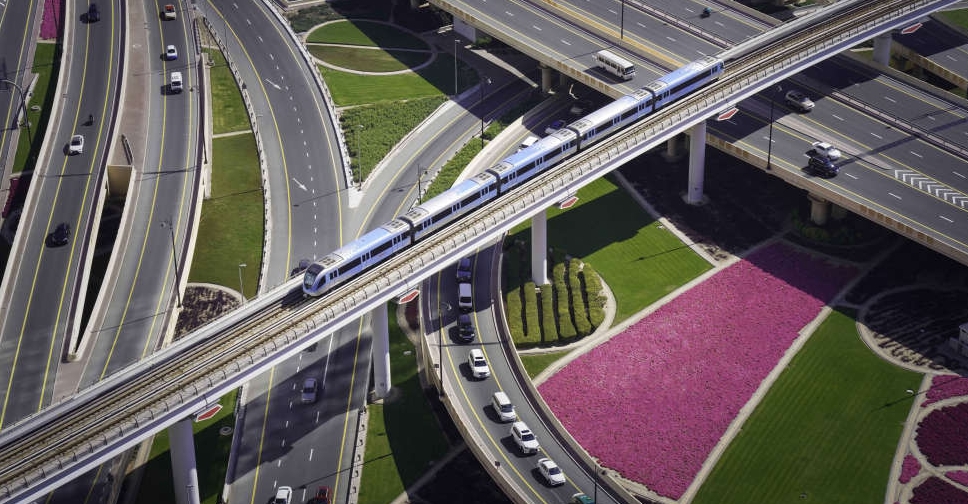
Dubai Metro celebrated its 15th anniversary on Monday, marking a significant milestone in its journey of transforming the city’s mass urban transit, transporting over 2.4 billion passengers since its inception.
With an average daily ridership of 730,000 passengers, the metro is the preferred mode of transportation for numerous residents and visitors.
The metro maintains a punctuality rate of 99.7 percent and since its establishment, Dubai Metro has facilitated 4.3 million journeys, encompassing 26.8 million kilometres.
Director General, Chairman of the Board of Executive Directors of the Roads and Transport Authority (RTA), Mattar Al Tayer, said, “Since its inauguration on September 9, 2009, the Dubai Metro has maintained a continuous track record of success. The metro network has expanded significantly, with the length of lines growing from 52 kilometres to 90 kilometres, the number of stations increasing from 10 to 53, and the number of operating trains rising from 79 to 129.
"Daily ridership also surged from 20,000 on 10th September, 2009, to 767,000 on 3th September, 2024. On some days, such as New Year's Eve and major holidays, the metro has accommodated up to 900,000 riders in a single day. Furthermore, Dubai Metro has created job opportunities for Emirati nationals, with 228 citizens currently employed by the metro's operating company." He added.
Continuing RTA’s efforts to develop the public transport network, in November 2023, His Highness Sheikh Mohammed bin Rashid Al Maktoum, Vice President and Prime Minister of the UAE and the Ruler of Dubai approved the route of the Dubai Metro Blue Line, which will stretch 30 kilometres and connect 14 stations. The line is designed to serve key areas with an expected population of about one million people, according to the Dubai 2040 Urban Master Plan.
The Blue Line will include the first Dubai Metro bridge to cross Dubai Creek, spanning 1,300 metres, and two iconic stations, one at Dubai Creek Harbour and the other at Dubai Silicon Oasis (the fifth urban centre).
It also includes the largest underground transfer station in the metro network, covering over 44,000 square metres, with a capacity of around 350,000 passengers per day. It is also the first transport project compliant with platinum-grade green building specifications.
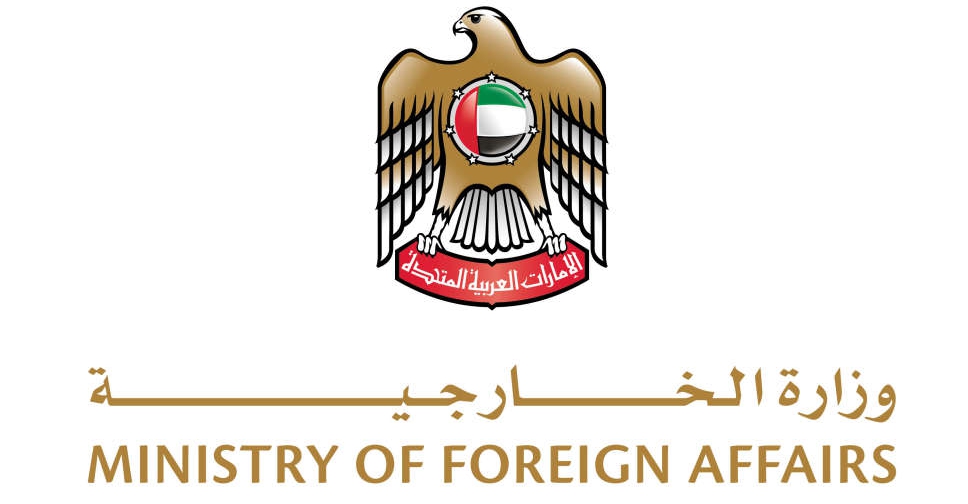 UAE welcomes ceasefire between Lebanon and Israel
UAE welcomes ceasefire between Lebanon and Israel
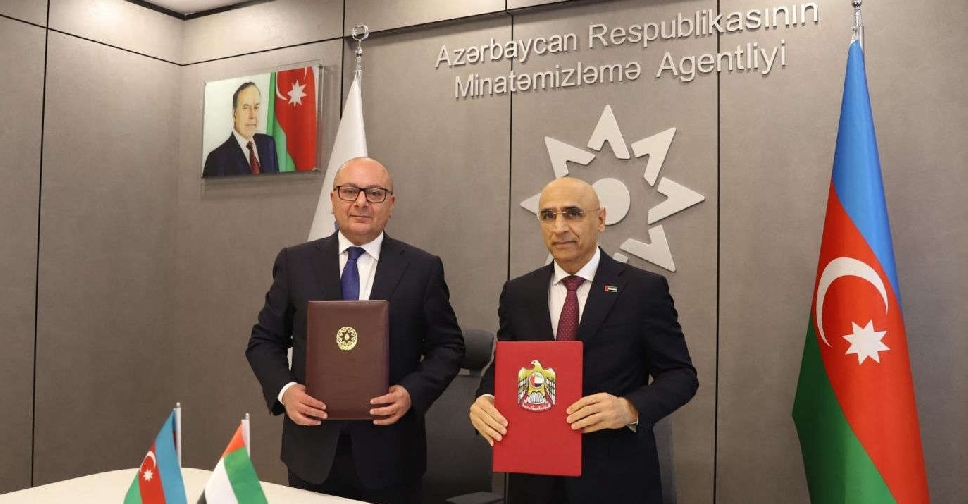 UAE to support demining efforts in Azerbaijan
UAE to support demining efforts in Azerbaijan
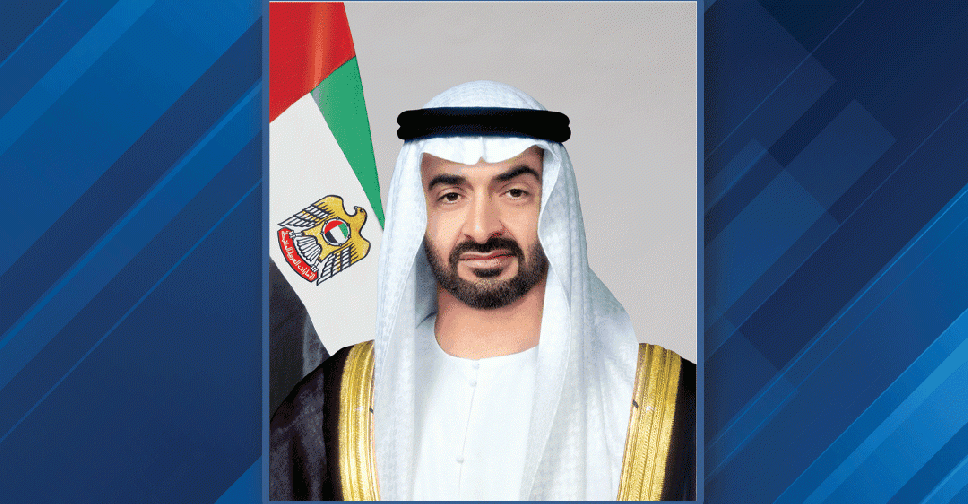 UAE President pardons 2,269 prisoners ahead of Eid Al Etihad
UAE President pardons 2,269 prisoners ahead of Eid Al Etihad
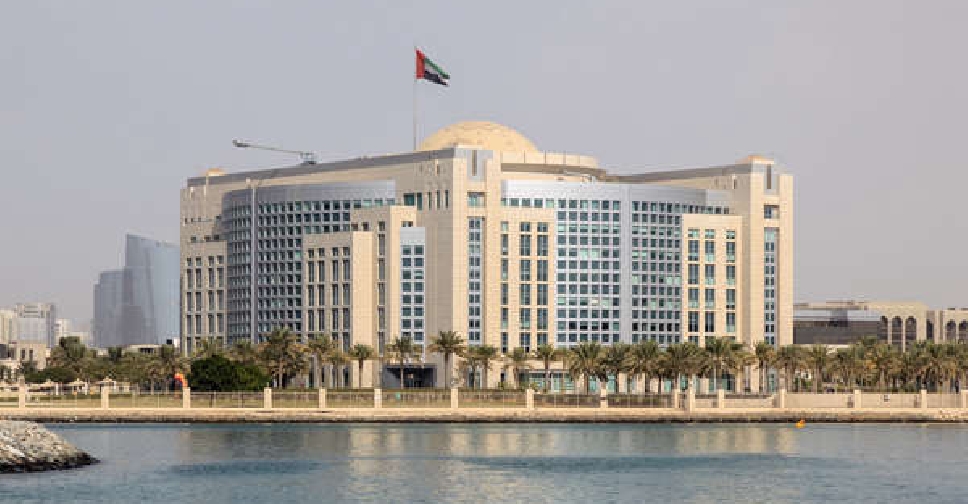 UAE condoles family of murdered Moldovan-Israeli national
UAE condoles family of murdered Moldovan-Israeli national
